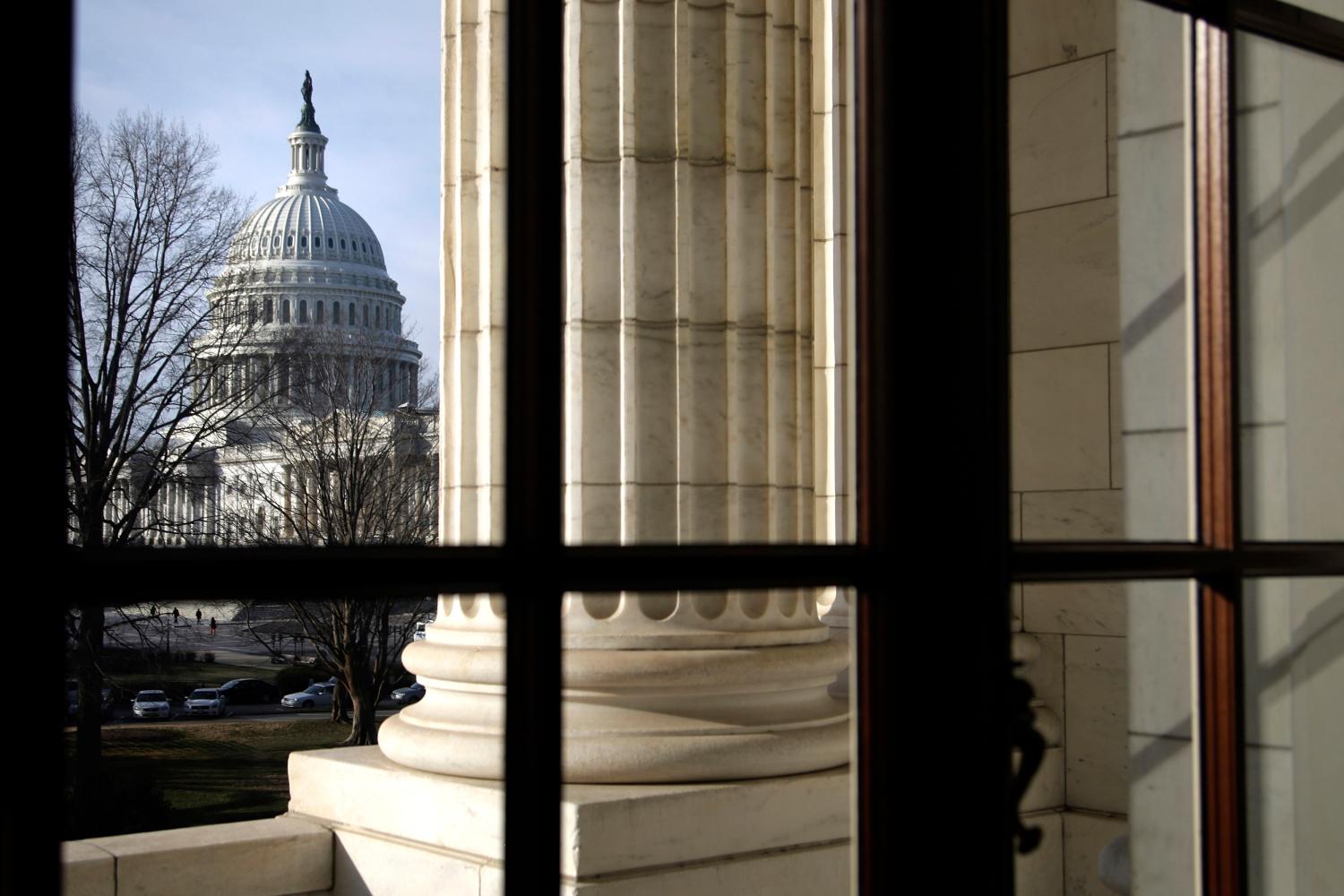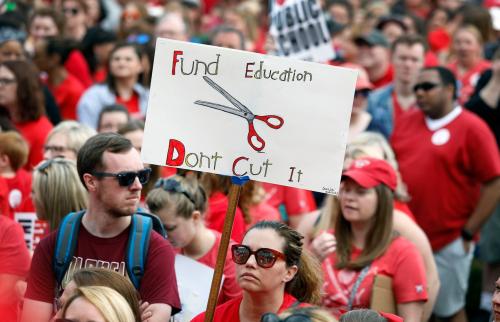At about this time last year, we saw President Obama and Republican challenger Mitt Romney engage in a pandering contest on student loan interest rates. Cheap political theater produced a shortsighted political solution—a one-year extension of the 3.4% interest rate on subsidized federal student loans.
That one-year “fix” is due to expire on July 1, setting up another round of debate about whether to extend the lower rate once again or come up with a permanent solution. Under current law, Congress sets the interest rates on loans (which are then fixed for the life of the loan). This leads to political fights over the interest rate on a regular basis, especially when market rates become out-of-sync with the rate set by Congress.
This time around, the Obama administration and several members of Congress have produced serious proposals, most of which propose allowing the interest rates on federal student loans to vary with market conditions rather than having a fixed rate that is set by Congress. An excellent summary of these proposals appears in today’s Inside Higher Ed. The key elements of each of the proposals (and current law) regarding the federal Stafford loan program are:
1) Obama administration proposal: interest rate varies with market rates (10-year Treasury rate plus 0.93% for subsidized loans and 2.93% for unsubsidized loans) but is fixed for the life of the loan. There is no cap on interest rates.
2) House Republican proposal: interest rate varies with market rates (10-year Treasury plus 2.5% for subsidized and unsubsidized loans) and varies over the life of the loan (as the Treasury rate increases or decreases). Interest rates are capped at 8.5%.
3) Sens. Reed and Durbin proposal: same as House Republican proposal, except market rate is defined as the 91-day Treasury rate plus a percentage determined by the Education Secretary to cover administrative costs, and the cap is 6.8%.
4) Sen. Warren proposal: one-year fix in which the rate on subsidized loans is set at the rate the Federal Reserve changes to banks (currently 0.75%).
Sen. Warren’s proposal should be quickly dismissed as a cheap political gimmick. It proposes only a one-year change to the rate on one kind of federal student loan, confuses market interest rates on long-term loans (such as the 10-year Treasury rate) with the Federal Reserve’s Discount Window (used to make short-term loans to banks), and does not reflect the administrative costs and default risk that increase the costs of the federal student loan program.
Setting aside this one embarrassingly bad proposal, the remaining proposals raise a set of questions that need to be answered in order to select the ideal policy:
First, should the interest rate on federal student loans be set by Congress or allowed to fluctuate with the market? Market rates reflect the cost of borrowing to the government. Consequently, rates below-market rates indicate a subsidy to students. In our view, subsidies of college-going should be administered through programs that bring about the greatest changes in enrollment behavior, such as grant programs, and not through subsidies to interest rates that are much less transparent. Indexing the interest rate to the market also has the advantage of lessening the role of politics in student loan programs.
Second, should the interest rate be fixed for the life of the loan or allowed to vary with the market? In the market for other kinds of loans, such as home mortgages, consumers can choose between fixed- and variable-rate loans. But many students are not sophisticated consumers of financial products. In our view, the federal program is best operated with a fixed-rate model because it shields the student from the risk that the rate will increase in the future (usually at the cost of a higher interest rate to make up for that risk). Although the actual risk associated with a variable rate loan may be small, fear of this uncertainty might discourage some students from taking the loans that they need to enroll in postsecondary education.
Third, should there be a cap on student loan interest rates? One of the criticisms of a move to market-based interest rates is that times of extraordinarily high market rates will make college inaccessible to many students (by making it prohibitively expensive to borrow). In our view, a cap on interest rates is a reasonable approach to ensure student access to college and to make a market-based system politically feasible.
Where does that leave us? It turns out the ideal policy is also a political compromise: it takes the market-based proposal of both President Obama and the House Republicans, the fixed-rate proposal of the President, and the interest rate cap of the House Republicans and Senate Democrats. Of course there are still details to be worked out, such as how much should be added to market interest rates to finance the administrative costs and default risk of the federal student loan program. But this is a rare example where proposals from our two political parties seem close enough that compromise on a good policy should be possible.
The Brookings Institution is committed to quality, independence, and impact.
We are supported by a diverse array of funders. In line with our values and policies, each Brookings publication represents the sole views of its author(s).





